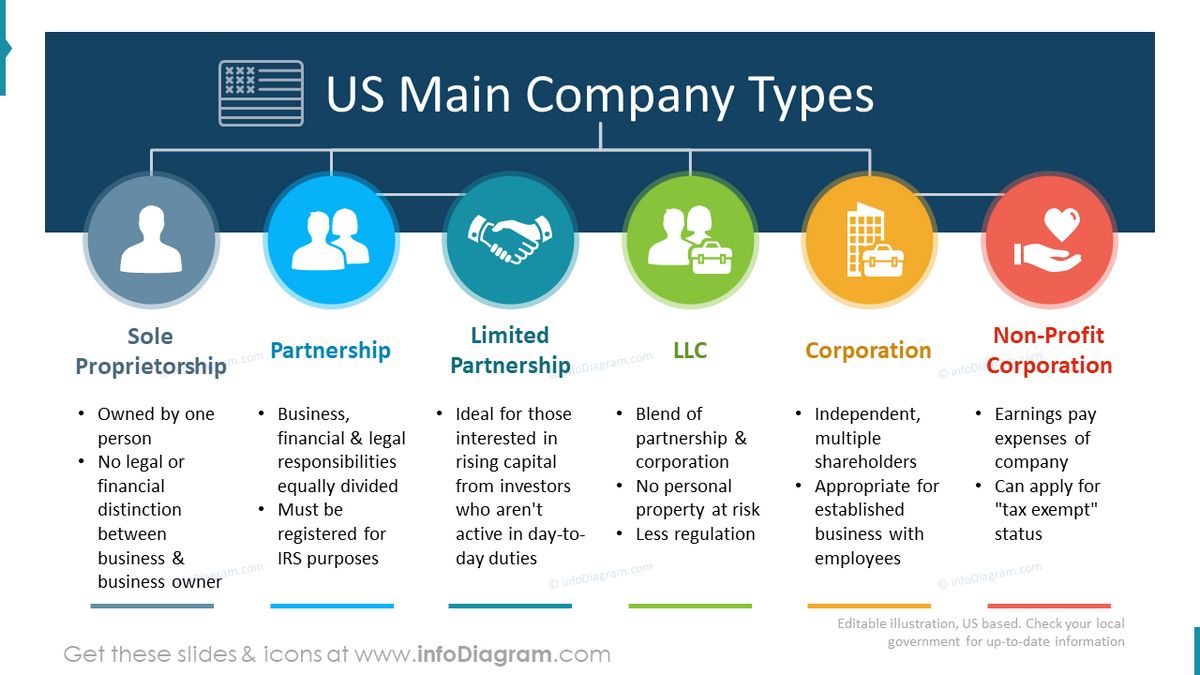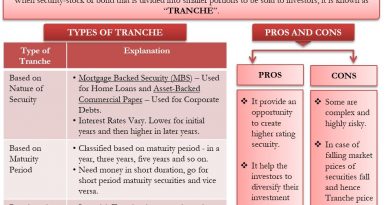What Is a Business Understanding Different Types and Company Sizes

Contents
- 1 Understanding Different Types and Sizes of Businesses
- 1.1 What Is a Business?
- 1.2 Understanding a Business
- 1.3 Types of Businesses
- 1.4 Business Sizes
- 1.5 Examples of Well-Known Businesses
- 1.6 How to Start a Business
- 1.7 How to Launch an Online Business
- 1.8 How to Choose a Business Name
- 1.9 How to Write a Business Plan
- 1.10 How to Get a Business Loan
- 1.11 The Bottom Line
Understanding Different Types and Sizes of Businesses
What Is a Business?
A business is an organization or entity engaged in commercial, industrial, or professional activities. It aims to produce and sell goods or services. Businesses can be for-profit or non-profit, and they vary in size and scope.
Key Takeaways
- A business is an organization engaged in commercial activities.
- Businesses can be for-profit or non-profit.
- Businesses range from sole proprietorships to large corporations.
- Some businesses operate within a single industry, while others span multiple industries.
- Apple and Walmart are well-known examples of successful businesses.
Understanding a Business
A business refers to an entity that operates for commercial, industrial, or professional reasons. It begins with an idea and requires market research to determine its feasibility. Business plans are crucial for securing capital and outlining goals and strategies.
Choosing a legal structure is important, as it determines permits and registration requirements. A good business name is valuable. Some businesses are for-profit, while others are not-for-profit and support causes.
Businesses engage in selling goods and services and must report income to the IRS. Companies are often defined by the industry in which they operate.
Types of Businesses
Businesses can be organized and structured in various ways:
- Sole Proprietorship: Owned and operated by one person, with no legal separation between the business and the owner.
- Partnership: A business relationship between two or more people who contribute resources and share profits and losses.
- Corporation: A group of people acting as a single entity, with shareholders and limited liability.
- Limited Liability Company (LLC): Combines pass-through taxation benefits with limited liability.
Business Sizes
Small Businesses
Small businesses are owner-operated, with less than 100 employees. They include various industries and can qualify for loans and grants.
Mid-Sized Enterprises
There is no official definition, but medium-sized companies typically have 100 to 249 employees or $10 million to less than $1 billion in annual sales.
Large Businesses
Large businesses have 250 or more employees and generate over $1 billion in gross receipts. They often operate globally and have distinct departments.
Examples of Well-Known Businesses
Apple
Apple’s success lies in its innovative products and focus on design and quality.
Walmart
Walmart is a multinational retailer known for its brand, pricing, and efficient supply chain management.
How to Start a Business
Steps to start a business include market research, developing a business plan, securing funding, choosing a location, and registering the business.
How to Launch an Online Business
Launching an online business involves market research, business planning, choosing a name, website design, and building a target market.
How to Choose a Business Name
Choose a catchy, original name that fits your organization. Ensure it’s not already in use by someone else.
How to Write a Business Plan
A business plan outlines goals, marketing strategies, and financial projections. Templates are available online.
How to Get a Business Loan
Apply for a loan from a traditional lender or government-backed programs. Prepare a business plan and have a good credit score.
The Bottom Line
Businesses are essential for the economy, providing products and services. They come in different sizes, operate in various industries, and require research and planning to succeed.



